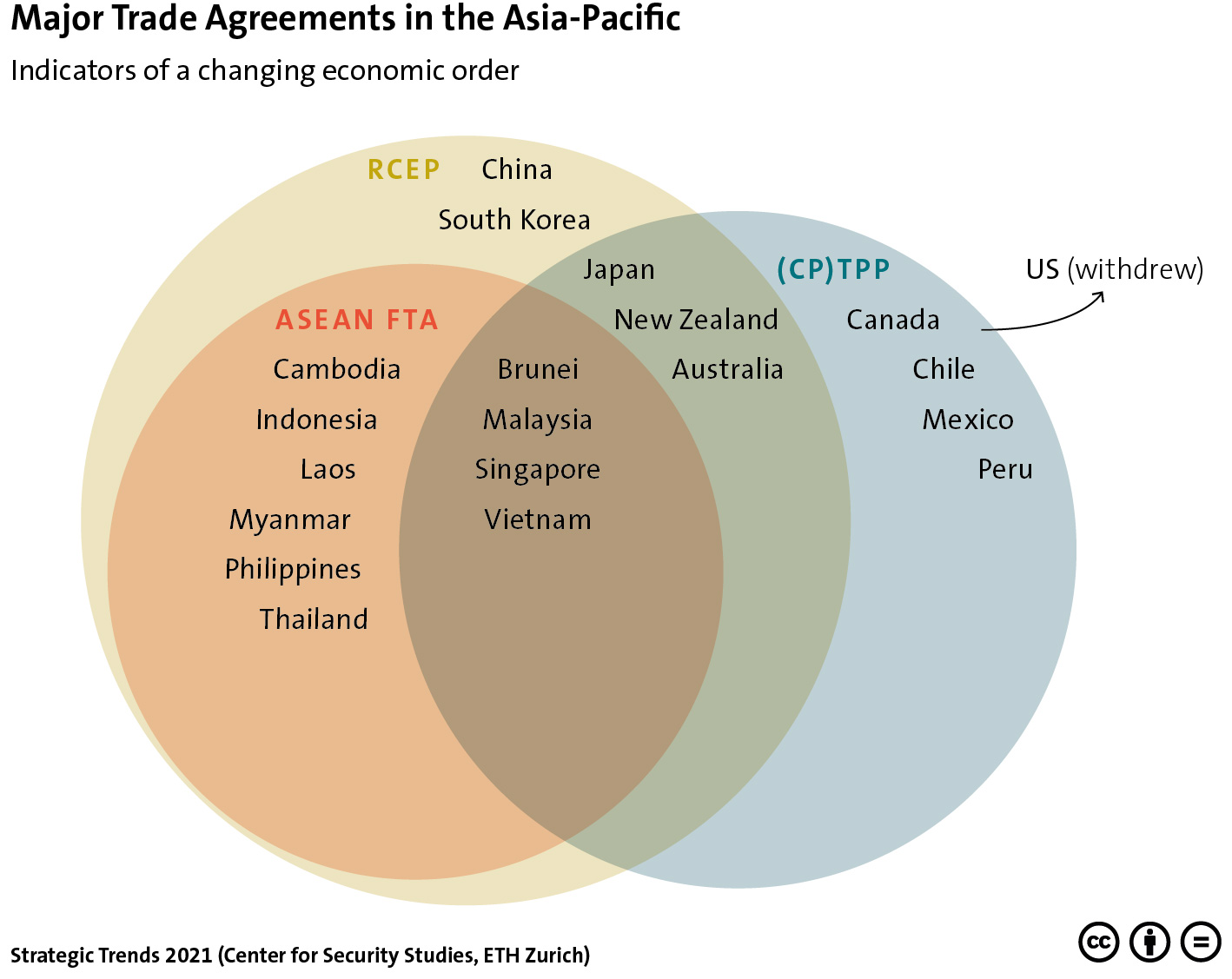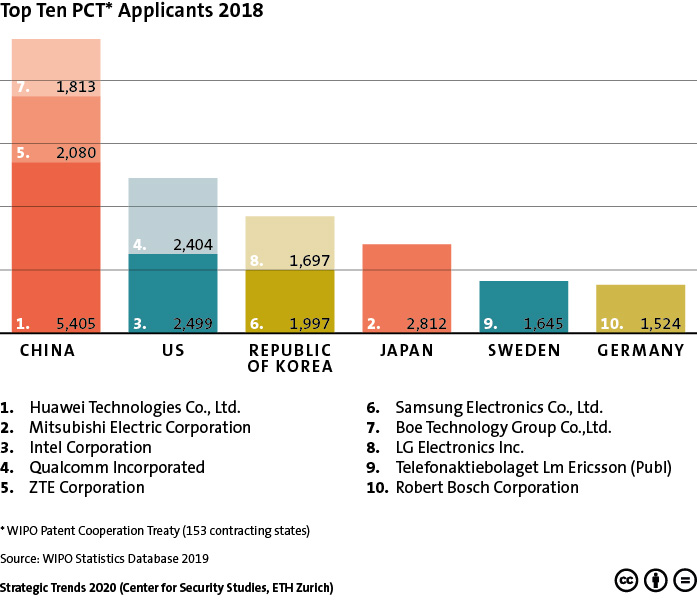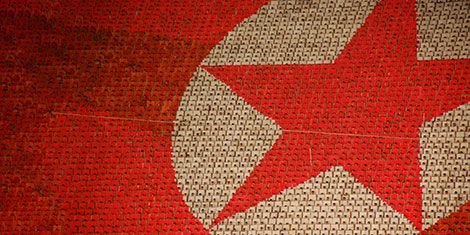
This week’s featured graphic illustrates major trade agreements in the Asia-Pacific. To find out more on Japanese and South Korean perspectives on changing power configurations in Asia, read Linda Maduz’ Strategic Trends 2021 chapter here.

This week’s featured graphic illustrates major trade agreements in the Asia-Pacific. To find out more on Japanese and South Korean perspectives on changing power configurations in Asia, read Linda Maduz’ Strategic Trends 2021 chapter here.

Strategic Trends 2021 offers a concise analysis of major developments in world affairs, with a focus on international security. It features chapters on China-Russia relations and transatlantic security, Franco-German-British security cooperation after Brexit, Turkey’s power projection in the Middle East and beyond, Europe and major-power shifts in the Middle East, and Japanese and South Korean perspectives on changing power configurations in Asia.

This graphic illustrates the main applicants to the Patent Cooperation Treaty (PCT) in 2018 by countries and companies, such as Huawei, Mitsubishi, and Intel, among others.
For an insight into the implications of China’s Belt and Road Initiative (BRI) and targeted influence attempts in Europe, read Linda Maduz and Henrik Larsen’s Strategic Trends 2020 chapter here.

This article was published by the Lowy Institute on 29 March 2018.
America’s leadership in the Asia Pacific was founded in the ashes of Hiroshima and Nagasaki, and on its status as the first atomic power. Nuclear weapons thereafter defined Asian geopolitics. Today, on the Korean Peninsula, nuclear technology is again set to feature in a dramatic shift in Asia’s power balance. With a summit meeting between President Trump and North Korean leader Kim Jong Un now in prospect, future historians may come to see North Korea’s nuclear-armed ballistic missiles as the trigger that unravels America’s strategic leadership of Asia.

This article was originally published by the S. Rajaratnam School of International Studies (RSIS) on 5 January 2017.
Synopsis
North Korean leader Kim Jong-Un’s conciliatory gestures towards South Korea are a welcome move. But they should not belie the high possibility that it will continue ballistic missile and warhead testing in 2018.